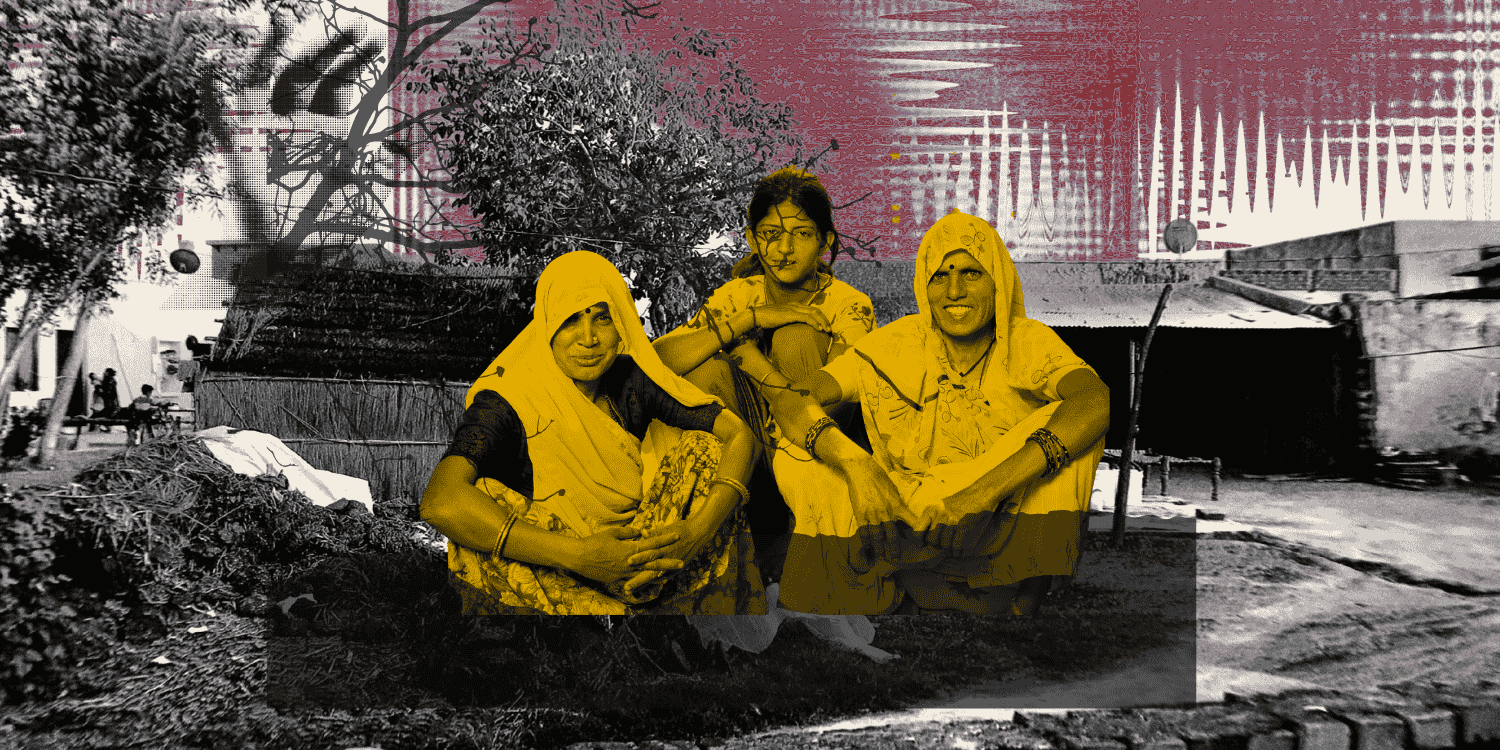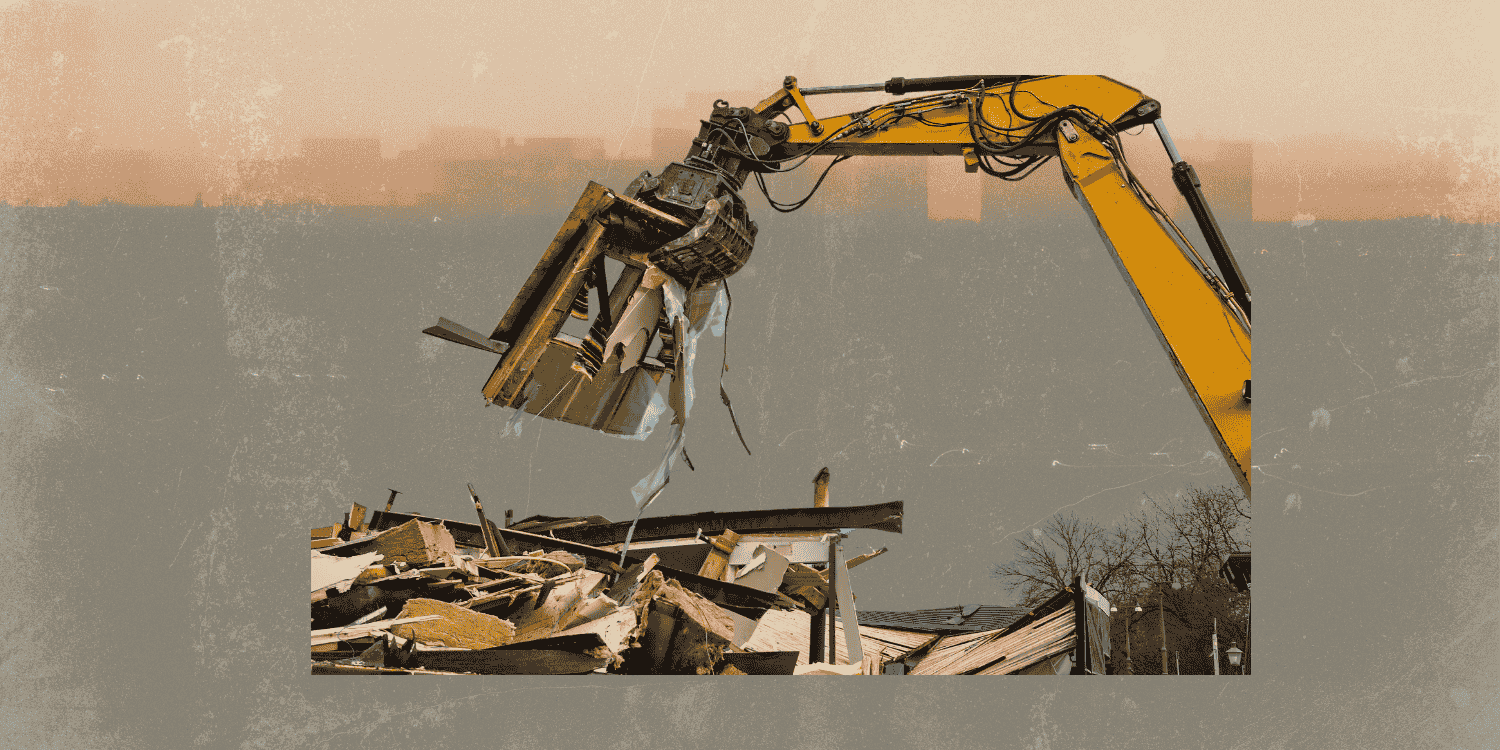Authored by: SPRF Research Team
SUMMARY
India has the third-largest education sector in the world, with a market share of $91.7 Billion. Over the past decade, the number of schools, colleges and universities has seen a substantial increase. The Right to Free and Compulsory Education Act, 2009, has further assisted in bringing primary education to far-flung regions of this vast country, and to marginalized communities who previously may not have access to the same. Moreover, in 2018, the government invested 1,00,000 crore to better the quality of higher education over the next four years. However, given the sheer size of the nation, as well as of the sector itself, education in India faces numerous challenges.
This paper is the first in the series on Education. It sets out to highlight the scope and nature of issues within the sphere; this includes gender and caste imbalances, private school enrolment in rural and urban areas, quality of teaching, and higher education and internationalisation.
INTRODUCTION
India has the third-largest education system in the world with a school life expectancy rate (primary to tertiary education) of 12.35 years, spending 2.7% of its Gross Domestic Product (GDP) on education (Ministry of Finance 2018). The education sector in India is estimated at $91.7 billion with the second-largest market for e-learning after the US and is only set to grow further (IBEF December 2018). The number of schools (Grade I – XII), for example, increased from 9,71,054 in 2001 to 15,22,346 in 2016 (MHRD 2018) with over 25 crore school-going children (Rajagopalan 2018. Similarly, the number of colleges and universities reached 39,050 and 903, respectively, with 3.664 crore students enrolled in higher education institutions in 2017-18.
Given the sheer vastness of the sector, initiatives to provide access to quality education and promote research and innovation underscore the government’s priority areas for reform. This paper will outline the scope and nature of the challenges associated with education in India, highlighting issues such as gender and caste imbalances, public and private schooling enrolment, higher education and internationalization, and the quality of teaching.
EDUCATION LEVEL AMONG INDIA’S ADOLESCENTS
Article 21A, introduced through the 68th Amendment to the Constitution in 2002, guarantees education to all. This was brought into legal effect by the Right to Free and Compulsory Education Act, 2009, making elementary education (I-VIII) mandatory for all age groups between 6 and 14. Although this contributed to a steady increase in student enrolment at all levels of education, it is accompanied by a significantly high attrition rate (17.06% annually) at the secondary level (MHRD 2018).
[ohio_button layout=”fill” shape_size=”large” shape_position=”left” full_width=”1″ icon_use=”1″ link=”url:/wp-content/uploads/2021/02/31.3.2019-Status-of-Education-In-India.pdf|title:Read%20More” icon_as_icon=”linea-basic-eye” title_typo=”{“font_size“:““,“line_height“:““,“letter_spacing“:““,“color“:“#262626“,“weight“:“inherit“,“style“:“inherit“,“use_custom_font“:false}” title_typo_hover=”{“font_size“:““,“line_height“:““,“letter_spacing“:““,“color“:“#262626“,“weight“:“inherit“,“style“:“inherit“,“use_custom_font“:false}” color=”brand”]



